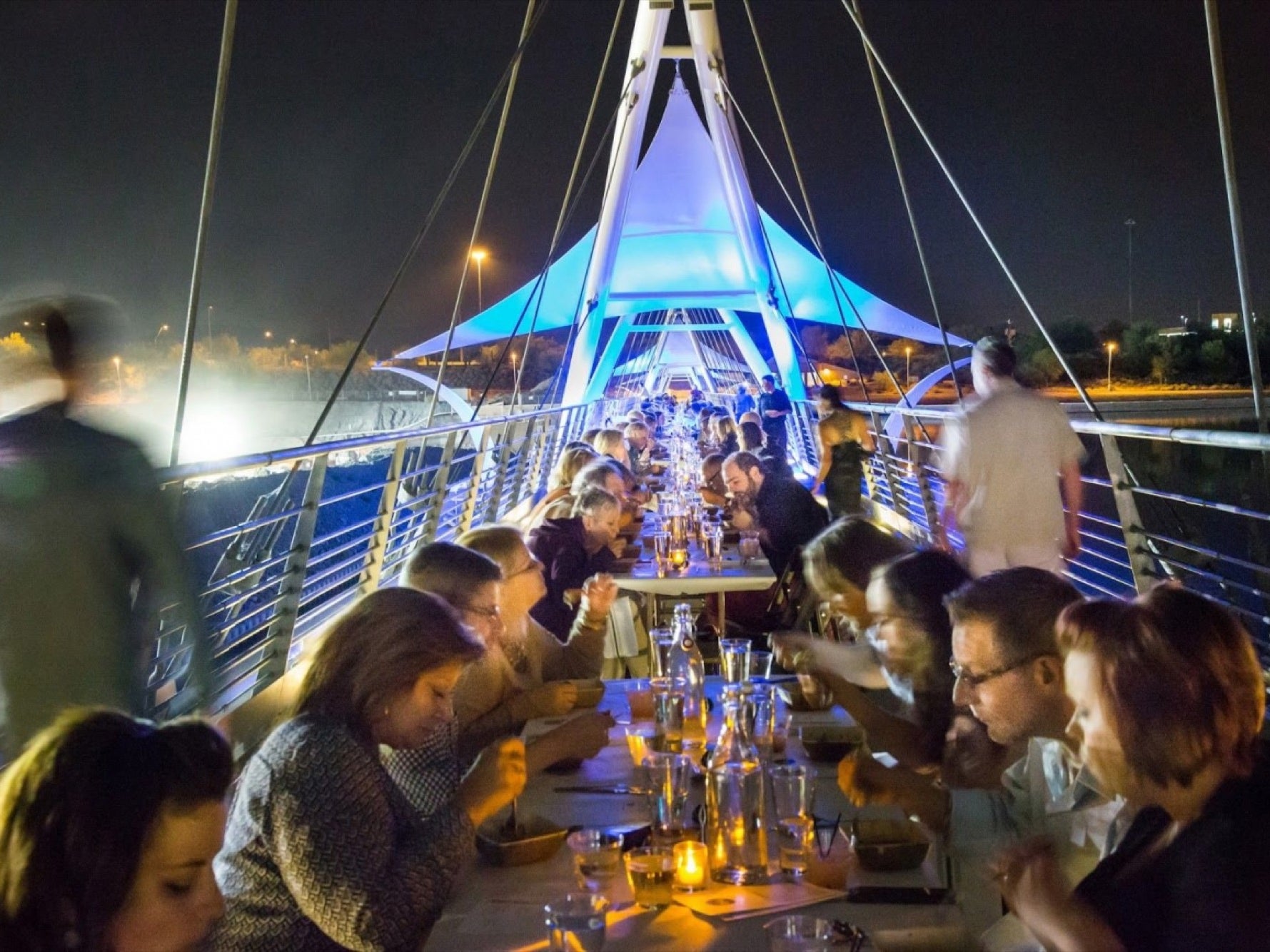
In 2012, former teacher Brian Bordainick created Dinner lab, an innovative startup that produced one-off dining events in multiple cities across the US. With hopes to build the world’s first data-driven restaurant, the company raised over $10 million in funding, gained over 150,000 members, and had a presence in almost 30 cities! However, despite this tremendous growth and demonstrated consumer interest, the company abruptly shut down within just four years.
While the business’s closure was blamed on the loss of an investor, there was more to it. Let’s shed light on the company’s origin story, how the business initially grew, the challenges that Bordainick gradually faced, and how the company ultimately blew through $10 million.
What Was Dinner Lab?
When Bordainick launched the first iteration of Dinner Lab in August 2012, it was introduced as a solution to the lack of late-night dining options in New Orleans. While New Orleans is known to be a food city, most restaurants closed early, and late-night food was limited to just a few options. Bordainick envisioned setting up pop-up dinners at midnight, which would eventually turn into brick-and-mortar restaurants with time. However, the idea was unsustainable. Not only did guests arrive drunk, but running an operation that served dinner at midnight proved exhausting. It definitely made sense to serve meals earlier on the day. As a result, Bordainick pivoted early. Dinner Lab’s new model was a social dining experiment that united undiscovered chefs with adventurous diners looking for something different from the traditional restaurant setup. In exchange for paying an annual membership fee of approximately $150 plus $65 per diner event, members would gain access to pop-up dinner parties held every couple of weeks at unconventional locations, including helipads, motorcycle dealerships, abandoned churches, parking garages, local theatres, and more! Each event would bring a group of interesting strangers around a common table to share a five-course meal with an open bar crafted by up-and-coming chefs seeking to develop a restaurant concept. At the end of each course, diners were obliged to give feedback on cards on the quality and originality of their meal which would help chefs understand specific consumer preferences, and further refine their menu before taking the risk of opening their own restaurant. This model worked. Despite the high membership fees, word of mouth spread, and people were signing up for Dinner Lab’s off-beat, quirky, and experience-driven events quickly. In less than two years, the company had gone from running out of Bordainick’s basement apartment to a rapidly growing venture-backed company with national reach. Dinner Lab first expanded to Austin, followed by Nashville, New York, Los Angeles, and 26 more cities! It even got into corporate catering for companies like Google and Pandora, and served food at Beyonce’s sister, Solange Knowles’ wedding.3 Reasons Why Dinner Lab Failed
Dinner Lab felt like a social foodie’s dream event. However, despite the promising value capture opportunities, Dinner Lab folded mid-2016. So, what exactly went wrong? Why didn’t the company survive?-
– Value Capture
-
– Logistical Nightmare
-
– Investors Lost Interest





